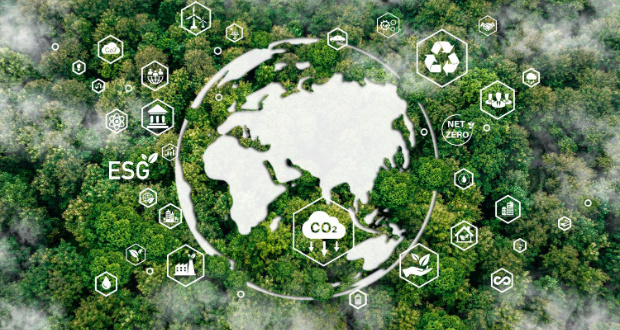Our earlier analysis of data on emissions and income concluded that there is a strong case for non-traditional donors to provide 20-30 percent of any climate finance total. This finding is robust, even when we look at a variety of different measures of historical emissions, cut-off dates, and income. China, Russia, South Korea, Saudi Arabia, Taiwan, Poland, the United Arab Emirates, and Mexico consistently ranked in the top 20 countries who should pay. This note presents three new features to our earlier model that: a) allow for a more ‘progressive’ structure that further favours countries with the lowest per capita emissions and incomes (akin to a more “progressive” tax system); b) add the most recent (2022) data on emissions and income, as well as projected emissions and income to 2030; and c) include a facility to cap individual country contributions.
Even with reference to the UNFCCC’s key principle of “common but differentiated responsibilities and respective capabilities”, there remains a powerful argument for non-traditional donors to contribute significant shares of climate finance.
2. A more “progressive” model structure
Our original model calculated fair shares using the following formula across all countries:
Aggregate cumulative emissions * current GNI/hd (1)
Multiplying total cumulative historical emissions (since the chosen cut-off date—1979 in our baseline scenario) and current per capita income effectively means that two countries with the same aggregate emissions would have fair shares in proportion to their per capita incomes, reflecting the emphasis on equity and “common but differentiated responsibilities and respective capabilities” (CBDR-RC). This approach allowed the easy and simultaneous identification of which new countries should become contributors, and how big their shares should be.
However, most would agree that per capita metrics remain the fairest way of considering emissions and income. A better way of framing the fair shares question therefore may be to first think in terms of what individuals should pay, before calculating what countries should pay. The formula thus becomes:
Cumulative emissions/hd * current GNI/hd * current population (2)
which reduces to:
Cumulative emissions/hd * aggregate current GNI (3)
This is scenario 4 in our original model, and produces results that are (unsurprisingly) almost identical[1] to equation (1), so our original formulation is essentially correct (even if scenario 4 may have been the better baseline).
However, if we think of our fair shares model as a form of tax system in which obligations increase with both emissions and income, a case can be made for making it more progressive by a) introducing some minimum level of per capita income and/or emissions below which countries would bear no responsibility to provide climate finance (akin to a ‘tax free allowance’); and b) applying exponents to both income and emissions terms that progressively ‘tax’ anything above those minimum thresholds[2]. Importantly, this second adjustment does require the formula to be expressed in the format of equation (2), which then becomes:
(Cumulative emissions/hd - E) α * (current GNI/hd - G) β * (current population - P) (4)
If the ‘tax free allowances’ E, G and P = 0[3], and the ‘exponents’ α and β = 1, formula (4) is equivalent to formula (3).
A similar approach was adopted by the Carbon Equity Reference Project whose model uses Gross National Income (GNI) and inequality data to exclude the incomes and emissions of individuals below a “development” threshold of PPP$7,500/hd (in purchasing power parity terms), and (in their “highly progressive” scenario) only counts a steadily growing proportion of any income and emissions of individuals above that threshold (up to some “luxury” threshold at which 100 percent of additional income and emissions are counted). Their “Responsibility and Capacity Index” is still based on the simple average (not the product) of each country’s share of the two components (cumulative emissions and aggregate incomes), although there is an option to adjust the weight given to each. It was designed to inform fair shares of emissions reductions, although has also been applied to estimating fair shares of adaptation climate finance contributions[4].




